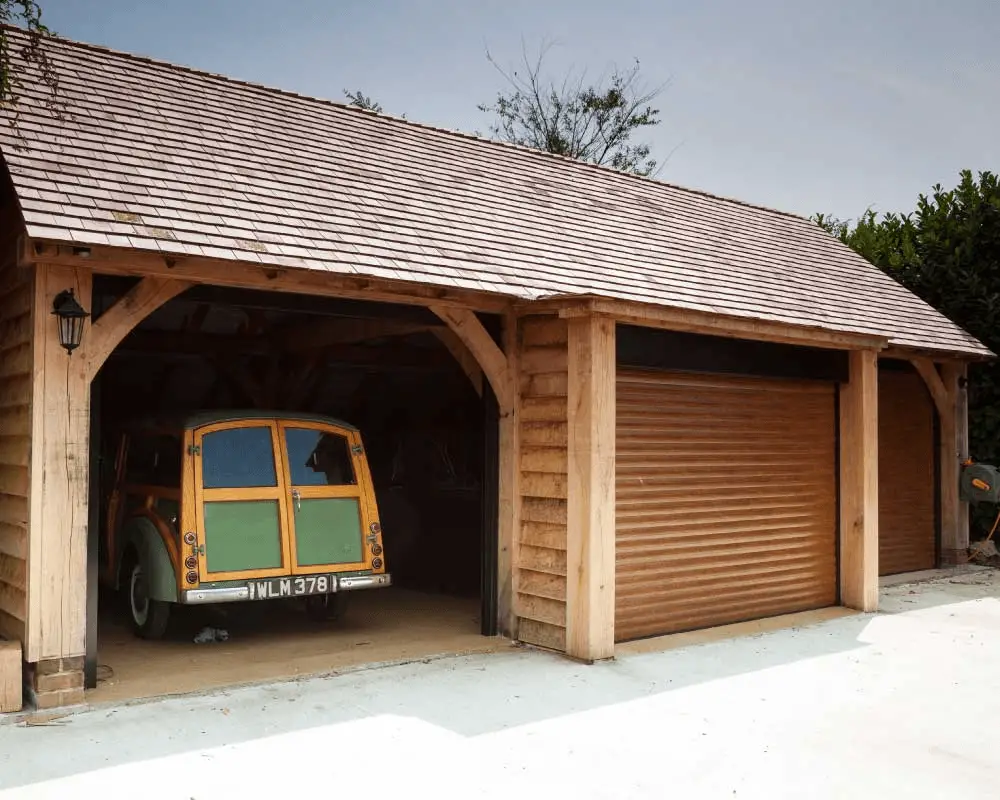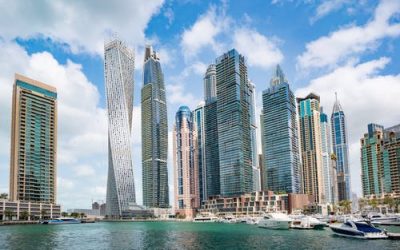It’s hard to overestimate human beings’ impact on the environment. We are literally changing the face of the earth, and not always for the better. The good news is that we still have time to change our ways and make a difference. The bad news is that it won’t be easy.

Building responsibly is one of the most important things we can do to help protect our environment. But building responsibly doesn’t just mean making sure your new home doesn’t hurt the planet – it also means making sure it helps. There are plenty of things you can do when building or remodeling your home to reduce its environmental impact and conserve resources:
Work With Sustainable Builders
There is a growing trend among homeowners to work with eco-friendly, sustainable builders. The good thing about sustainable eco friendly builders is that they build homes using materials and methods with minimal environmental impact. Such builders often use recycled or reclaimed materials and always try to conserve energy and resources.
The benefits of working with an eco-friendly, sustainable builder are numerous. Not only will you be doing your part to help the environment, but you’ll also end up with a high-quality, well-built home that will likely appreciate over time.
Choose Energy-Efficient Appliances
Another way to make your home more eco-friendly is to choose energy-efficient appliances.
Energy-efficient appliances use less electricity than traditional appliances and can save you money on your energy bills. They also generate less pollution and help to conserve resources.

There are several different ways you can make your home more energy efficient:
- Use compact fluorescent light bulbs instead of traditional incandescent bulbs. Compact fluorescent light bulbs use less electricity and last longer than traditional bulbs.
- Install low-flow showerheads and toilets. Low-flow fixtures use less water and can save you money on your water bills.
- Choose Energy Star appliances. Energy Star appliances are required to meet strict energy-efficiency guidelines set by the US Environmental Protection Agency.
Select Renewable Energy Sources
One of the best things you can do for the environment is to select renewable energy sources for your home. Renewable energy sources are those that can be replenished or replaced over time. Examples of renewable energy sources include solar, wind, and hydroelectric power.
Using renewable energy sources helps to reduce pollution and conserve resources. It also has the potential to save you money over time. Solar panels, for example, can provide free electricity once installed. And while the initial investment may be higher than traditional energy sources, solar panels will eventually pay for themselves.
Build A Green Home
There are several different ways to build a green home. A green home is a home that is designed and built with the environment in mind. Green homes are usually more energy-efficient than traditional homes and often use renewable energy sources. They are also made with sustainable materials and are built using eco-friendly methods.
Building a green home is a great way to help the environment and reduce your impact on the planet. It’s also likely to save you money in the long run, as green homes are often more energy-efficient than traditional homes.
Reduce Water Consumption
Another way to help the environment is to reduce your water consumption. Water is a valuable resource, and it’s important to conserve it whenever possible. There are several ways you can reduce your water consumption:
- Install low-flow showerheads and toilets. Low-flow fixtures use less water and can save you money on your water bills.
- Fix any leaks in your home. Even a small leak can waste a lot of water over time.
- Don’t let the water run when you’re not using it. This includes turning off the faucet while brushing your teeth and only running the dishwasher when it’s full.
Consider A LEED-Certified Home
LEED, or Leadership in Energy and Environmental Design, is a certification program recognizing homes designed and built with the environment in mind. To be LEED-certified, a home must meet specific criteria in five categories: water efficiency, energy and atmosphere, materials and resources, indoor environmental quality, and location and regional priorities.
Homes that are certified by LEED are some of the most environmentally friendly homes on the market. They often use sustainable building materials and renewable energy sources to be as energy-efficient as possible. If you’re looking for an eco-friendly home, consider a LEED-certified home. You’ll be doing your part to help the environment and end up with a high-quality, energy-efficient home.
Building a new home is a big undertaking, but it’s also an opportunity to do something good for the environment. By following these tips, you can help to protect the planet and reduce your impact on the planet. You’ll also have a beautiful, well-built home that you can be proud of.
- House Prices Show Resilience Amid Market Fluctuations - May 9, 2024
- How Roller Garage Doors Prioritise User Safety - May 7, 2024
- Best Dubai investment opportunities - May 7, 2024


